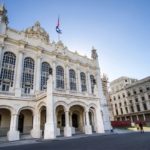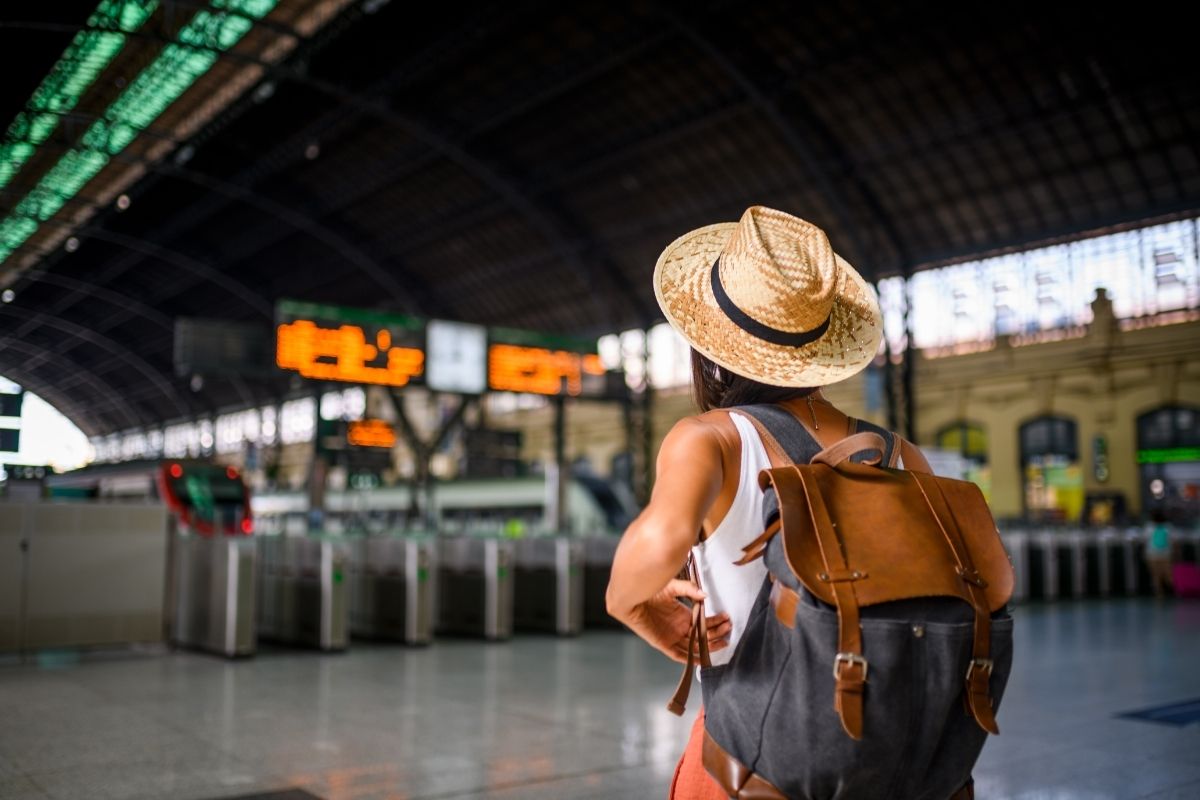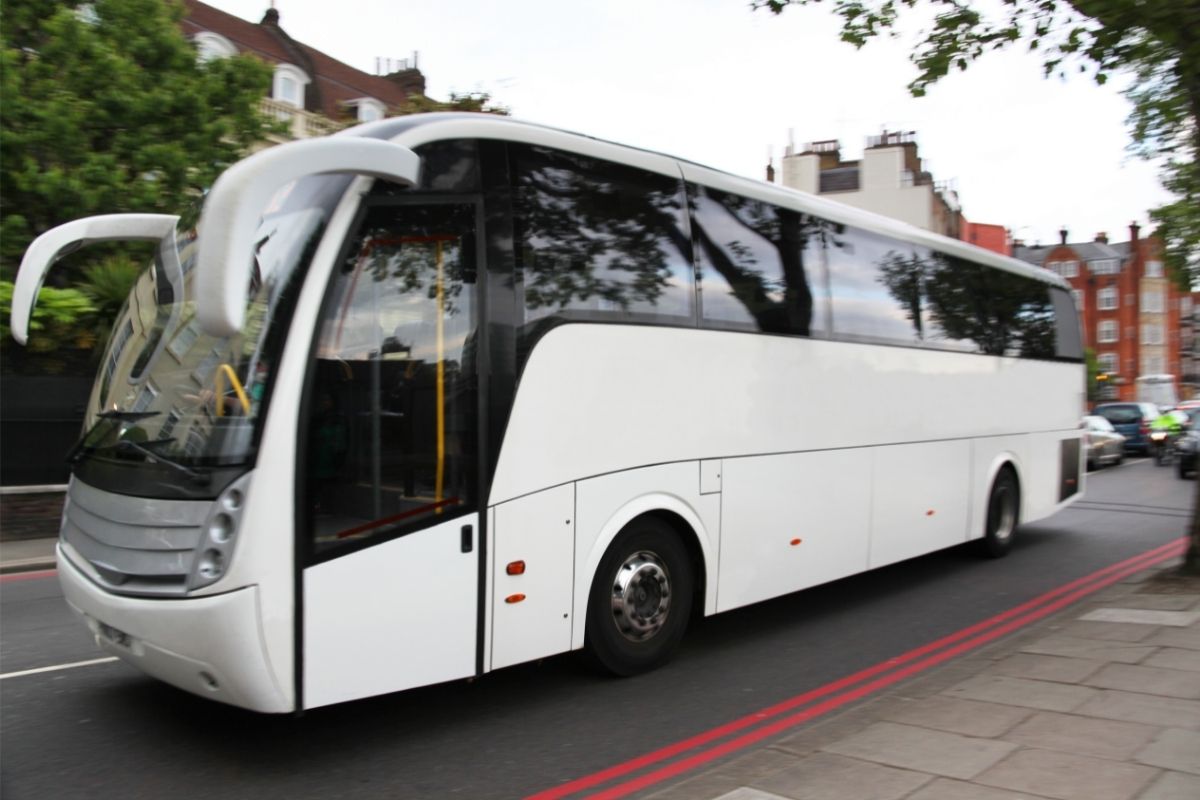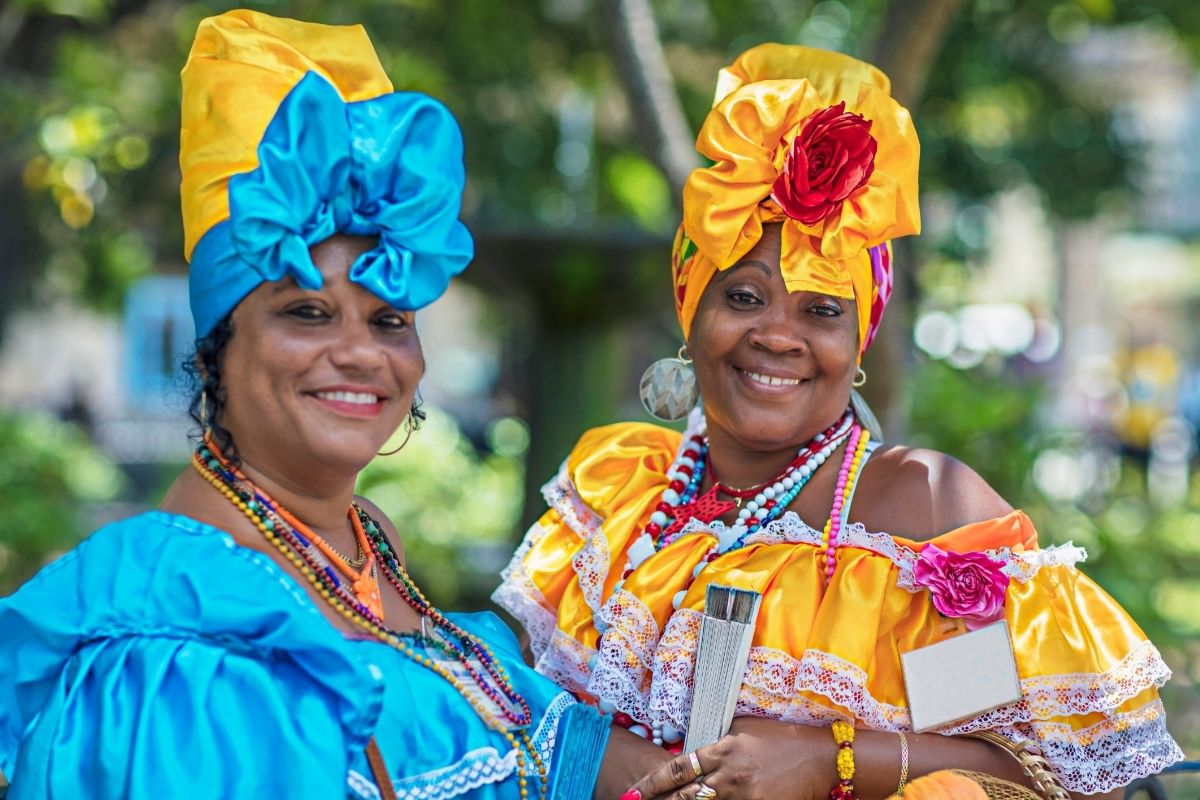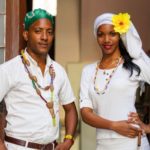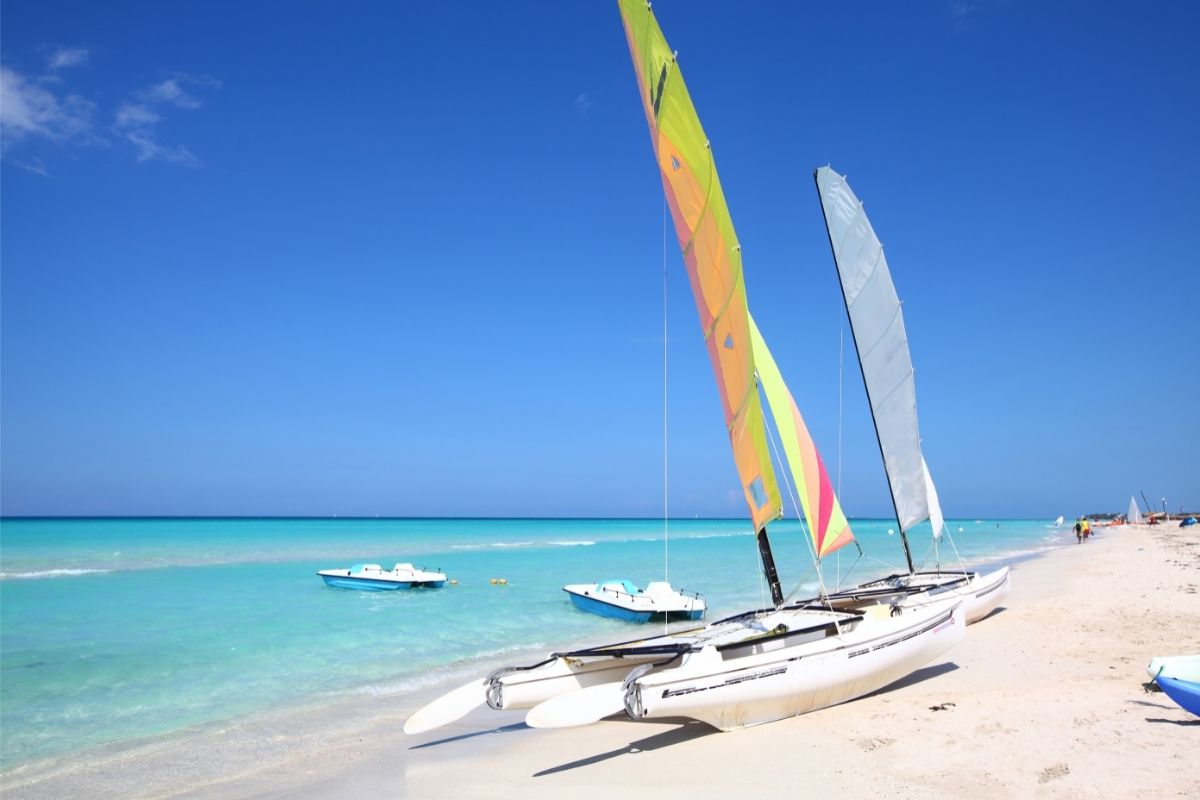While Cuba is known for its incredible beaches and beautiful landmarks, it is also rich in history and culture.
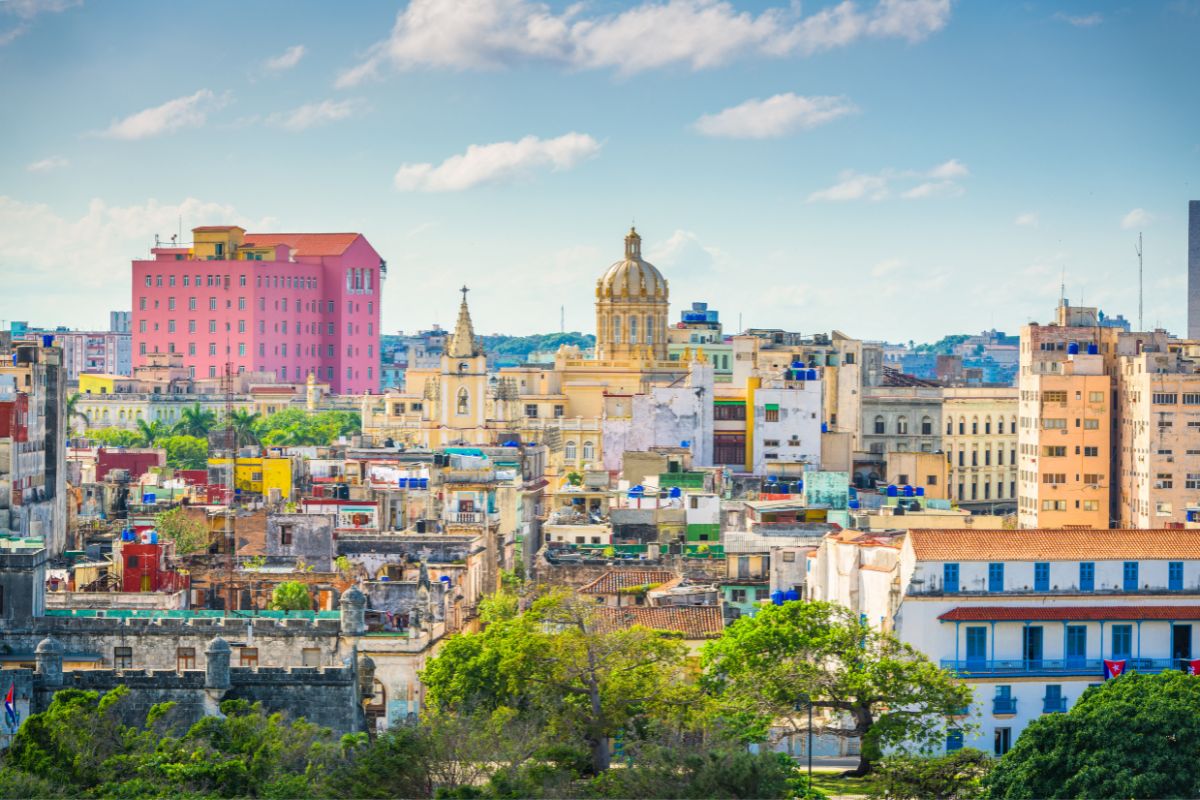
The country is full of historical traditions, figures, and art, which are celebrated and remembered throughout the many museums across the mainland.
If you’re visiting Cuba and want to get a taste of the culture, then visiting one of their museums is a must.
But where should you begin? Well, we’ve got you covered with this list of the top 10 best museums in Cuba that you won’t regret visiting.
1. Diego Velazquez Museum
The Diego Velazquez Museum is one of the oldest houses in Cuba. It was built in the days of colonial rule and has survived centuries since then.
The museum was named in honor of the first governor of Cuba, Diego Velazquez, who used to live in the museum when it was a residential property.
It became a museum in 1970 and is now one of Cuba’s most historic sites.
The museum is known for its incredible architecture. Its design is inspired by Islamic, Spanish, and Andalusian art and infrastructure.
It is also adorned with furnishings and decor from centuries past, from the sixteenth century up until the nineteenth.
1. National Museum Of Fine Arts
If you only want to visit one museum on your trip to Cuba, then it has to be the National Museum of Fine Arts.
Completed in 1953, the museum boasts a collection of preserved fine art from the past two hundred years.
It is split into two buildings – one that features international art and one that features Cuban art. Its Cuban art collection is undoubtedly the most valuable of the two.
One building of the museum displays paintings, engravings, sculptures, and installations by some of the best Cuban artists in the country’s history.
The chronological exhibition features pieces from the sixteenth century first and shows the evolution of art over the years.
The exhibition ends with art from the twentieth century, when the artistic identity of Cuba was fully formed, and illustrates a perfect portrait of Cuba’s history and culture.
3. Perfume Museum
The Perfume Museum is perfect for perfume lovers, especially considering Cuba is renowned for its fragrances.
The museum is a mix between a laboratory and a store, showcasing some of the world’s most famous perfumes throughout history.
It is based on a neoclassical house that was often home to drugstores and perfumeries during the 18th century.
The museum contains Cuban perfumes, including the entire collection produced by Suchel Fragrencia, from 1960 onwards, and also international perfumes as well, like the iconic Chanel No.5.
The greatest part about this museum is that visitors can get their own signature perfume at the end of their visit.
The perfume is made from popular scents from the Cuban colonial period, such as chocolate, lavender, lilac, jasmine, sandalwood, and tobacco.
4. National Museum Of Music
Cuba is not only famous for its dancing, but for its music too.
The National Museum of Music is dedicated to the incredible music and musicians that have defined a huge part of its culture.
Opened in 1981, this museum explores Cuba’s musical history and exhibits musical instruments from the sixteenth century onwards.
It has a number of rooms within the museum where tourists can play some of these instruments and listen to old recordings of Cuban music from centuries past.
This museum is loved by musicians and families alike, and is praised for its fun, sensory elements that come from being able to play instruments from its wide collection.
5. Taquechel Pharmacy Museum
The Taquechel Pharmacy Museum is an old pharmacy that was converted into a museum in 1996.
It explores the popularity of apothecaries and pharmacies during the nineteenth and twentieth centuries that sold alternative remedies to common ailments in Cuba.
The building features gorgeous mahogany wood structures and huge shelves full of an amazing collection of apothecary jars.
It is a preservation of part of Cuba’s rich cultural heritage and has become a beautiful addition to the cityscape.
6. Museo de la Revolución
This museum is one of the most famous in all of Cuba.
The Museo de la Revolucion is situated inside the former Presidential Palace and its design is inspired by the Versailles Palace in France.
The museum contains historical artifacts that represent the struggle Cubans faced against the dictatorship of Fulgencio Batista, who controlled the country for the majority of the 1950s.
It also celebrates the beginning of communist rule under Fidel Castro, who had a massive role in shaping the country we know today.
The Museo de la Revolucion has an incredible, but morbid, collection of objects from the time of Batista’s control.
The collection includes torture devices, vehicles, weapons, and planes that show the cruelty and power of the dictator, as well as uniforms and personal items from his opposing forces.
This museum also features large pieces in an outdoor exhibition, including the Granma Yacht that was used by Castro and his troops to return to Cuba after being exiled to Mexico in 1952.
7. Finca Vigia
This museum preserves the country home of American author Ernest Hemingway, who lived on the property from 1939 until his death.
The Finca Vigia displays all of Hemingway’s treasures to the public.
The museum’s valuable collection features personal objects from Hemingway’s life, including over nine thousand books, shotguns, and hunting trophies.
It even has Pilar, his old yacht, outside of the property.
The museum has also kept the original configuration of every room, exactly how Hemingway liked it.
Because of this, visitors are not allowed inside his home, but are welcome to view it from the many windows.
It offers guided tours with all the information you could ever want about the author, from his daily routine to his friends and family.
8. Morro-Cabana Complex
The Morro-Cabana Complex is made up of two main military fortresses that were built by Spanish royalty to protect their possessions on the island.
It is known for its lighthouse, which has become one of the main landmarks of Havana.
The museum is the third biggest colonial fortress in the Americas and was built after Cuba was returned by Britain to Spain during colonial times.
In an effort to avoid similar attacks in the future, the complex was built to protect the vulnerable Havana Bay.
Many artillery pieces, weapons, and tools are featured in the Morro-Cabana complex, and it performs daily re-enactments of the traditional cannon shot that announced the closing of the city gates.
The museum is also commended for its incredible view as it overlooks the city from across the bay.
9. Napoleon Museum
The Napoleon Museum in Havana is home to one of the most significant collections of items related to the French emperor’s life outside of France, as well as items pertaining to the French Revolution and the Second Empire.
The building was home to a sugar magnate, Orestes Ferrara, whose properties were seized by the Cuban government in 1959.
At this opulent mansion, more than eight thousand objects are on display, including firearms, military equipment, furniture, coins, and Napoleon’s telescope and death mask, which the last doctor who treated him before his passing carried to Cuba.
10. Rum Museum
Because Cuba is famous for its incredible rum, there is a museum dedicated to the history and production of the liquor.
The Rum Museum offers guided tours where you can familiarize yourself with the production process of Cuban rum from beginning to end.
The tour starts at the sugar plantations and ends at the bar with a shot already waiting for you.
There is plenty of excellent rum in Cuba, however the Rum Museum is mainly dedicated to Havana Club, which is Cuba’s most famous brand of rum and one of the most well known rums in the world.
Cuba’s One-Room Museums
As well as Cuba’s full museum experiences, there are also a series of one-room exhibits across all of Havana that are worth a look at when passing through the city.
The Museum of Chocolate is one of these mini-museums.
It is a small chocolate factory that exhibits objects and posters relating to chocolate production and also sells delicious ice-cold chocolate milkshakes.
There is also the Maqueta de la Habana Vieja, which is a room containing a model of Old Havana for a true birds-eye view of the city.
Finally, the Dark Room is located on the top floor of a building in Old Square and allows you to see the goings-on of local rooftops in real time.
Final Thoughts
When touring Cuba, visiting one of the country’s incredible museums is a must.
They have exhibitions that suit everyone’s taste, from music to art, from politics to rum!
So, make sure to fit one of these museums into your Cuban vacation itinerary.
- What Is The Largest Island In Cuba? - September 19, 2022
- Havana – Why Is It Cuba’s Most Exciting City? - September 19, 2022
- Cheapest Time To Visit Cuba (Ultimate Guide) - September 19, 2022

